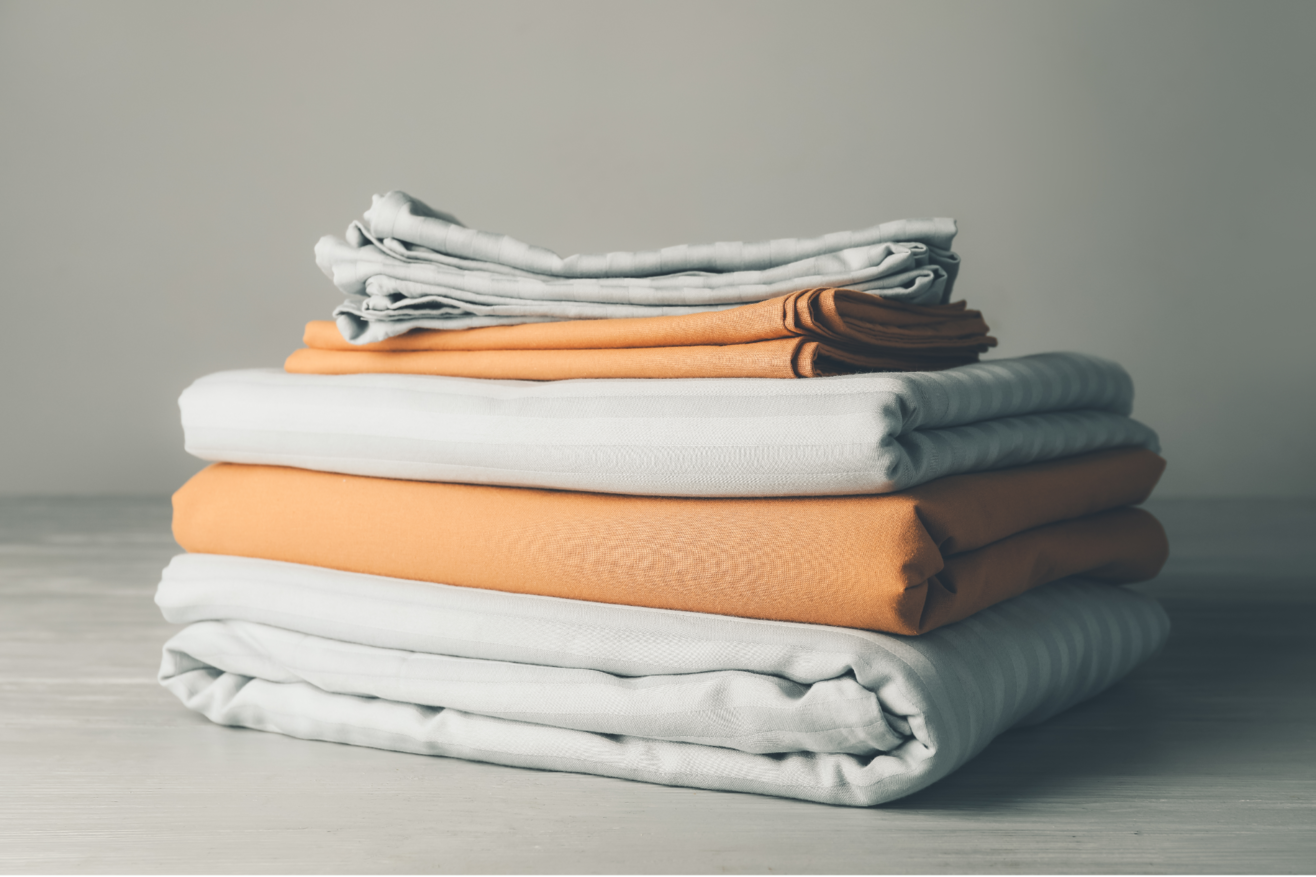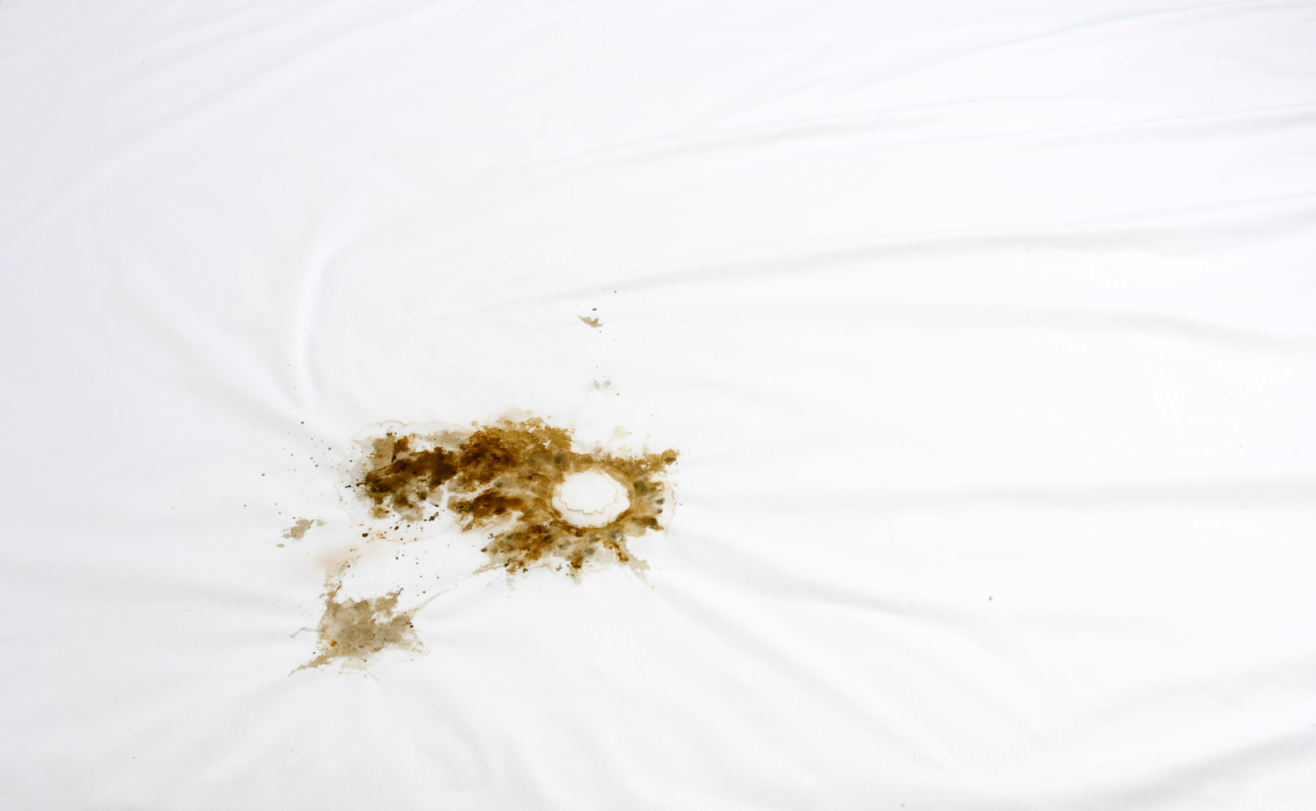How Often Should I Wash My Sheets?
Clean sheets are crucial for maintaining overall health and wellbeing, yet there are often misconceptions about bedsheet cleanliness that need to be addressed. This article delves into the importance of clean sheets, debunking common myths surrounding bedsheet hygiene, and aims to provide comprehensive guidance on how frequently individuals should wash their sheets.
Clean sheets play a pivotal role in promoting good health and wellbeing. When we sleep, our bodies naturally shed dead skin cells and release oils and sweat. These bodily fluids can accumulate on sheets, providing an ideal breeding ground for bacteria and allergens. Regularly washing sheets helps in removing these impurities, ensuring a healthier sleeping environment. Moreover, clean sheets contribute to better skin health, reducing the risk of acne and other skin related issues.

How Often Should I Wash My Sheets?
It is recommended to wash your sheets every one to two weeks to maintain cleanliness and promote better hygiene. However, individual factors like allergies, sweat levels, and personal preference can also influence the ideal washing frequency. Assess your specific needs and adjust accordingly for optimal sleep and health benefits.
This section tackles the core question of the article, providing specific insights into the optimal washing frequency. The subsections are as follows:
• Frequency for Different Climates (e.g., Hot and Humid vs. Cold and Dry):
This subsection discusses how climate influences sheet cleanliness. In hot and humid regions, sheets may require more frequent washing due to increased sweat and moisture, while in cold and dry climates, washing frequency might differ based on other factors like dust accumulation.
• Recommendations for Individuals with Allergies or Sensitive Skin:
Here, the focus is on individuals with specific health considerations. People with allergies or sensitive skin need to be more vigilant about their sheet cleanliness. The section provides tailored recommendations to help them maintain a healthy sleeping environment.
• Guidelines for Households with Pets:
Pets can introduce additional dirt, hair, and allergens into the sleeping area. This subsection offers guidelines on sheet washing for households with pets, addressing the unique challenges they face in maintaining clean sheets.
• Special Considerations for Children and Elderly Individuals:
Children and the elderly have a unique vulnerability to germs and allergens. This part provides special considerations for these demographics, emphasizing the importance of maintaining impeccable sheet hygiene for their overall wellbeing.
By addressing these specific factors, the article provides comprehensive and practical advice on the appropriate frequency for washing sheets based on individual circumstances and environmental factors.
Signs It’s Time to Wash Your Sheets
Ensuring that our bedding remains clean is an essential aspect of maintaining a healthy and comfortable sleep environment. While the question of how often to wash sheets may vary depending on individual factors, there are unmistakable signs that indicate when it’s time to give your sheets a thorough cleaning. These signs go beyond a simple schedule and are a reflection of the sheet’s use, environmental conditions, and personal hygiene. In this article, we will explore these telltale signs, shedding light on when your sheets might require a trip to the laundry room. By paying attention to these indicators, you can not only improve the quality of your sleep but also safeguard your health from the hidden culprits lurking within your bedding.

• Lingering Odors and Unpleasant Smells:
One of the most obvious signs that it’s time to wash your sheets is when you notice lingering odors or unpleasant smells on your bed. Over time, sweat, body oils, and other bodily fluids can accumulate on the sheets, leading to a stale or unpleasant scent. This can not only disrupt your sleep but also indicate the presence of bacteria or allergens.
• Visible Stains or Discoloration:
Stains and discoloration on your sheets are clear indicators that they need washing. Whether it’s a spill from a late night snack or a coffee mishap in the morning, visible stains not only affect the aesthetic appeal of your bedding but can also harbor germs and bacteria, making your sleeping environment less hygienic.
• Increased Allergy Symptoms or Skin Irritation:
If you find yourself waking up with allergy symptoms like sneezing, congestion, or itchy eyes, or if you experience skin irritation such as rashes or itchiness, dirty sheets might be the culprit. Dust mites, pet dander, and pollen can accumulate in unwashed sheets, triggering allergies and skin issues, especially for individuals with sensitive skin or respiratory conditions.
• General Discomfort During Sleep:
Clean sheets contribute significantly to a comfortable and restful sleep environment. If you find yourself tossing and turning, experiencing discomfort, or waking up frequently during the night, it could be a sign that your sheets are due for a wash. Fresh, clean sheets provide a better tactile experience and promote better sleep quality.
Factors Influencing Bedsheet Cleanliness
Beyond their aesthetic appeal, bedsheets serve as intimate layers that directly interact with our bodies night after night. However, what often goes unnoticed are the myriad factors that influence the cleanliness of these linens. Understanding these underlying elements is essential for ensuring not just the visual freshness of our beds but also our overall well-being. From the natural shedding of skin cells to the presence of microscopic dust mites, and the impact of environmental factors like pets and outdoor activities, a complex interplay of elements affects the hygiene of our bedsheets.
Sweat and Body Oils:
During sleep, our bodies naturally produce sweat and oils, which get transferred to the sheets. Over time, this can create an environment conducive to bacteria and odor.
Dead Skin Cells and Dust Mites:
Dead skin cells are shed while sleeping, attracting dust mites. These microscopic organisms thrive in unclean sheets and can trigger allergies and respiratory issues.
Allergens and Potential Health Risks:
Unclean sheets can harbor allergens like pollen and pet dander, leading to allergic reactions and worsening respiratory conditions, especially in individuals prone to allergies.
Environmental Factors:
Various environmental factors, such as the presence of pets, smoking indoors, or engaging in outdoor activities, can introduce additional dirt and contaminants to the sheets. Understanding these factors is essential for determining an appropriate sheet washing frequency tailored to one’s specific circumstances.
General Guidelines for Washing Sheets
When it comes to washing sheets, it’s crucial to adhere to a set of general guidelines that have been endorsed by health experts and reputable organizations. These guidelines are not just arbitrary rules; they are based on scientific research and expert opinions regarding hygiene and health. Health experts and organizations often emphasize the significance of maintaining clean bedding to prevent the accumulation of allergens, dust mites, and bacteria that can affect overall health.
• Recommendations from Health Experts and Organizations:
Health experts and organizations, such as the Centers for Disease Control and Prevention (CDC) and the American Academy of Dermatology, often provide recommendations on how frequently sheets should be washed to promote optimal hygiene. These recommendations take into account factors like sweat, dead skin cells, and dust mites, which accumulate over time and can lead to various health issues if not addressed regularly.
• Importance of Following Care Instructions on Sheet Labels:
Every type of sheet material comes with specific care instructions outlined on their labels. These instructions are designed to maximize the lifespan of the sheets and maintain their quality. Ignoring these instructions can lead to premature wear and tear, affecting the texture and comfort of the sheets. Moreover, improper care might not effectively remove allergens and bacteria, compromising the overall cleanliness of the bedding.
• Types of Sheets and Their Cleaning Requirements (e.g., Cotton, Linen, Microfiber):
Different types of sheets, such as cotton, linen, and microfiber, have unique cleaning requirements due to their distinct fabric compositions. Cotton sheets, for instance, are durable and can withstand frequent washing, while linen sheets require more delicate care. Microfiber sheets are known for their stain-resistant properties, but they still require regular washing to maintain hygiene. Understanding the specific needs of each type of sheet is essential for determining the appropriate washing frequency and methods.
• Using Mild Detergents and Avoiding Harsh Chemicals:
The choice of detergent plays a vital role in maintaining the cleanliness and longevity of sheets. It’s recommended to use mild, hypoallergenic detergents that effectively remove dirt, stains, and allergens without causing damage to the fabric. Harsh chemicals and strong detergents can weaken the fibers, leading to wear and tear over time. Opting for gentle, eco-friendly detergents ensures that the sheets remain soft, clean, and safe for use, aligning with the overall goal of maintaining a healthy sleeping environment.
Tips for Maintaining Clean Sheets Between Washes
• Using Mattress Protectors and Pillow Covers:
Mattress protectors and pillow covers act as barriers against spills, allergens, and dust mites. By investing in these protective covers, you can prolong the cleanliness of your mattress and pillows, reducing the frequency with which you need to wash the sheets.
• Regularly Airing Out the Mattress and Pillows:
Proper ventilation is crucial to prevent the buildup of moisture and odors in your mattress and pillows. Regularly airing them out, perhaps by opening windows or using fans, helps in maintaining freshness and hygiene, reducing the need for frequent sheet changes.
• Changing Pillow Cases More Frequently Than Sheets:
Pillowcases are in direct contact with your face and hair, accumulating oils and dirt more quickly than the rest of the sheets. Changing pillowcases more frequently than the entire sheet set can help maintain a clean sleeping environment without the hassle of washing all the bedding as often.
• Establishing a Bedtime Routine for Cleanliness:
Incorporating a bedtime routine that includes practices like showering before bed can significantly contribute to keeping your sheets cleaner for a more extended period. Showering helps remove sweat, oils, and allergens from your body, ensuring you climb into bed feeling fresh and reducing the likelihood of dirtying the sheets quickly.
By following these guidelines and paying attention to the signs indicating when to wash your sheets, as well as implementing practical tips for maintaining cleanliness, you can create a more hygienic and comfortable sleep environment, promoting better overall wellbeing.
Common Mistakes to Avoid While Washing Sheets
• Overlooking the Importance of Pillowcases:
Pillowcases often take a back seat when it comes to washing bed linens. People might change their sheets but forget about the pillowcases, assuming they stay clean. However, pillowcases accumulate sweat, oils, and bacteria, just like sheets do. Overlooking their importance can lead to exposure to allergens and skin issues, undermining the overall cleanliness of your bed.
• Using Too Much Detergent or Fabric Softener:
While it’s crucial to use detergent to clean your sheets effectively, using too much can lead to problems. Excessive detergent residue can irritate your skin and reduce the sheets’ lifespan. Additionally, fabric softeners, when overused, can make sheets less absorbent over time. Proper measurement and understanding of your washing machine’s capacity are essential to avoid these issues.
• Ignoring Specific Care Instructions for Different Sheet Materials:
Different sheet materials like cotton, linen, and microfiber have unique care requirements. Ignoring these specific instructions can result in damage. For instance, while cotton sheets might withstand high heat, linen sheets can shrink under the same conditions. Not following the care instructions can lead to faded colors, loss of softness, and reduced longevity of the sheets.
• Waiting Too Long Between Sheet Changes and Washes:
Leaving too much time between changing your sheets and washing them can create a breeding ground for bacteria and allergens. Sweat, dead skin cells, and body oils accumulate, making your bed unhygienic. Waiting excessively between washes can contribute to poor indoor air quality, allergies, and skin problems, disrupting your sleep and overall wellbeing.
Conclusion:
Clean sheets are fundamental to quality sleep and overall health. They prevent allergies, skin issues, and ensure a comfortable sleeping environment. Maintaining clean sheets is not just a matter of aesthetics but a vital aspect of self care that directly impacts your wellbeing.
It’s essential for readers to assess their lifestyles, considering factors like climate, allergies, and pets to find the best answer for “how often should I wash my sheets”. By understanding their specific needs, readers can adjust their sheets changing and washing frequency. This personalized approach ensures a clean sleeping environment tailored to individual requirements.
Regularly washing your sheets isn’t just a chore; it’s a self care practice that contributes significantly to your health and wellbeing. By maintaining a clean sleeping environment and being mindful of common mistakes, you’re investing in your own comfort and vitality. Remember, the state of your sheets directly affects the quality of your sleep and, consequently, your overall quality of life.
